Hydrogen cars have been floating around the fringe of clean vehicle conversations for years, often pitched as the missing link between gasoline and electric. They promise zero tailpipe emissions, fast refueling, and long range—all without lugging around a massive battery. On paper, it sounds like the perfect fix for range anxiety and charging headaches.
But the reality is more complicated. Hydrogen tech has matured, yet infrastructure, cost, and production methods still raise questions. Are these machines truly the future of green driving—or just a side route with limited reach? Let’s unpack what’s really under the hood.
Hydrogen Fuel Cells Don’t Burn—They React
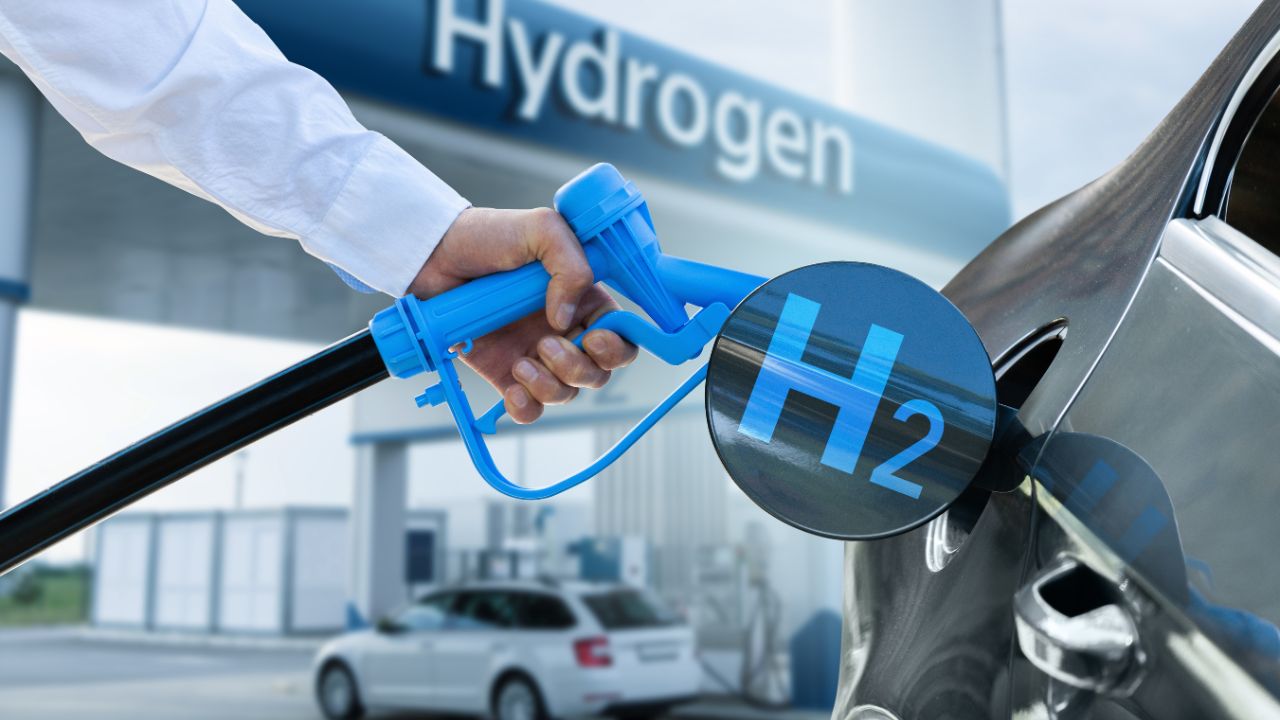
Hydrogen cars don’t use combustion in the traditional sense. Instead, a fuel cell converts hydrogen into electricity through an electrochemical reaction with oxygen. The only byproduct? Water vapor. That’s a big selling point for anyone concerned with tailpipe emissions.
This setup works more like an electric vehicle than a gas-powered one. Power from the fuel cell drives an electric motor, typically producing instant torque like any EV. In the Toyota Mirai, for example, this results in a smooth 182 horsepower and 221 lb-ft of torque—without burning a single drop of gasoline.
Range Is One of Hydrogen’s Strongest Suits
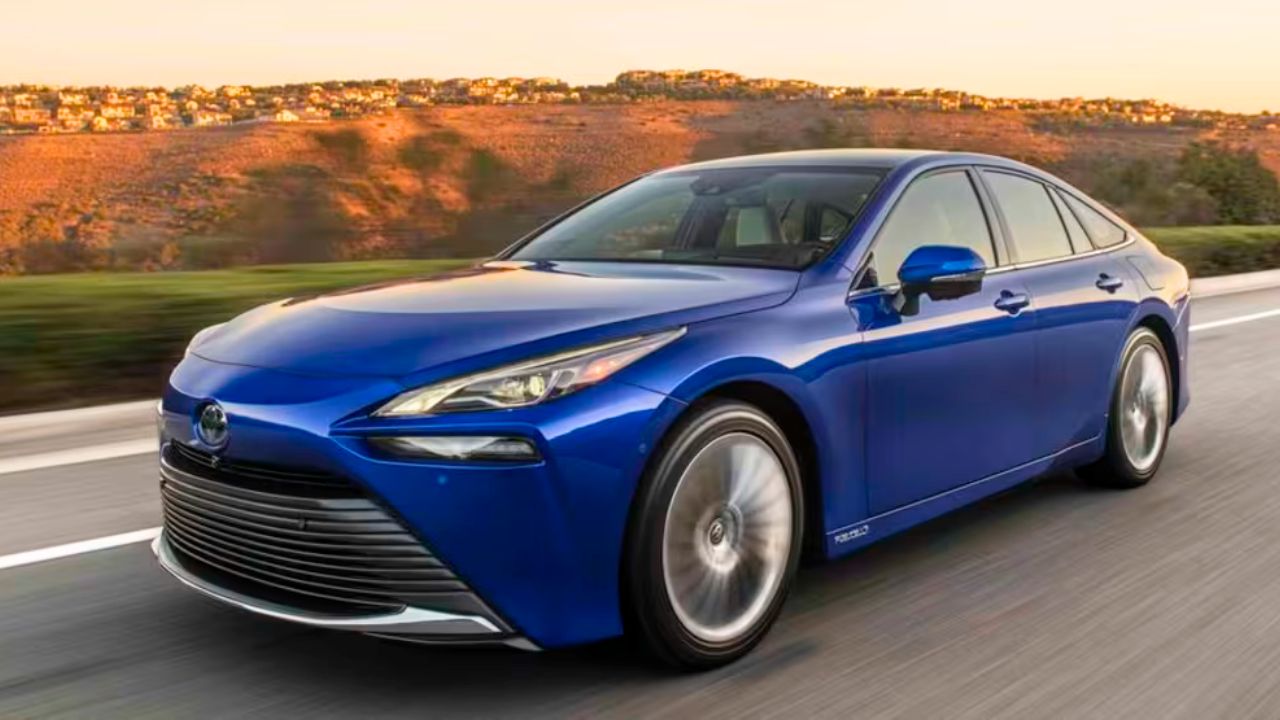
Unlike most battery-electric vehicles, hydrogen-powered cars can travel long distances without needing a massive battery pack. The 2024 Toyota Mirai, for instance, boasts a range of up to 402 miles on a full hydrogen tank—matching or even exceeding many gas-powered sedans.
This makes hydrogen a compelling option for road trips or commercial fleets that can’t afford long charging breaks. Refueling takes just 3 to 5 minutes, about the same as topping off a gasoline tank, which gives it a clear advantage over EVs when it comes to downtime.
Refueling Infrastructure Is Still a Serious Problem
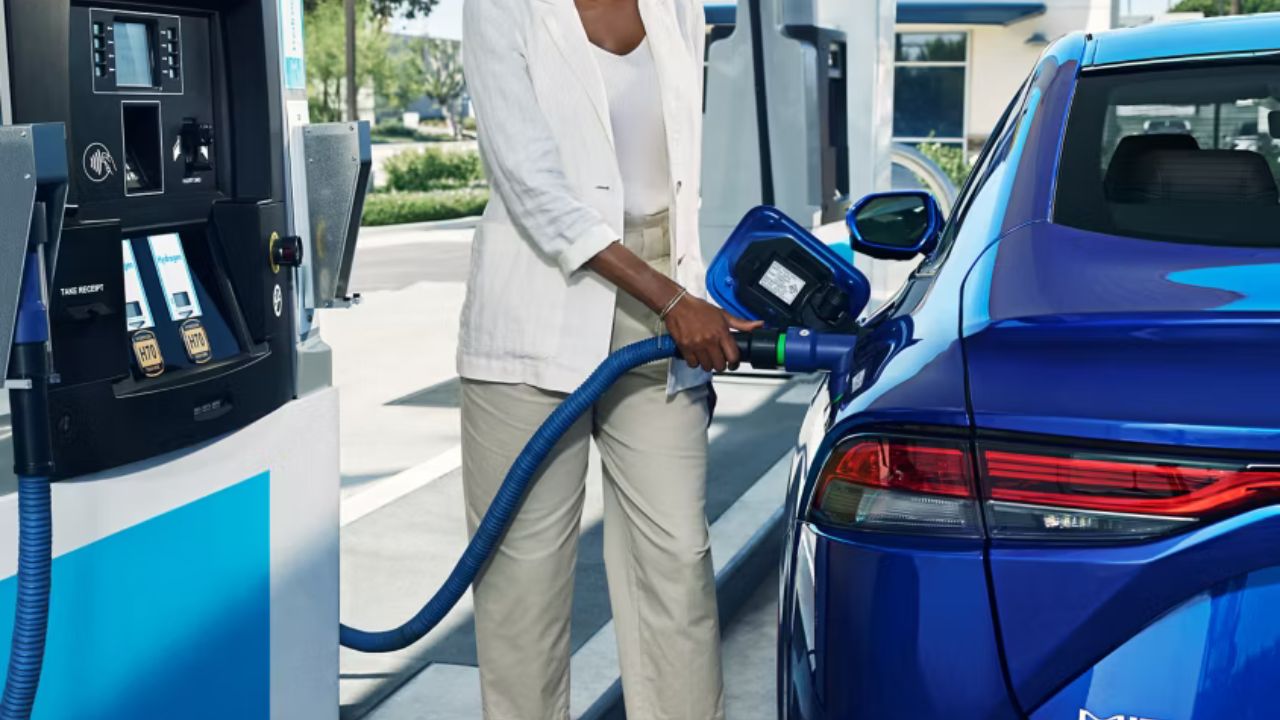
Despite the quick refueling time, there’s a big catch: finding a place to refuel can feel like a treasure hunt. As of mid-2025, there are fewer than 60 public hydrogen stations in the U.S., and nearly all of them are located in California.
This lack of coverage is one of the main reasons hydrogen cars haven’t taken off. Without a reliable network, consumers are understandably hesitant. Automakers have called for more federal and private investment, but progress has been slow and mostly regional.
Hydrogen Is Light, but Storing It Isn’t Easy
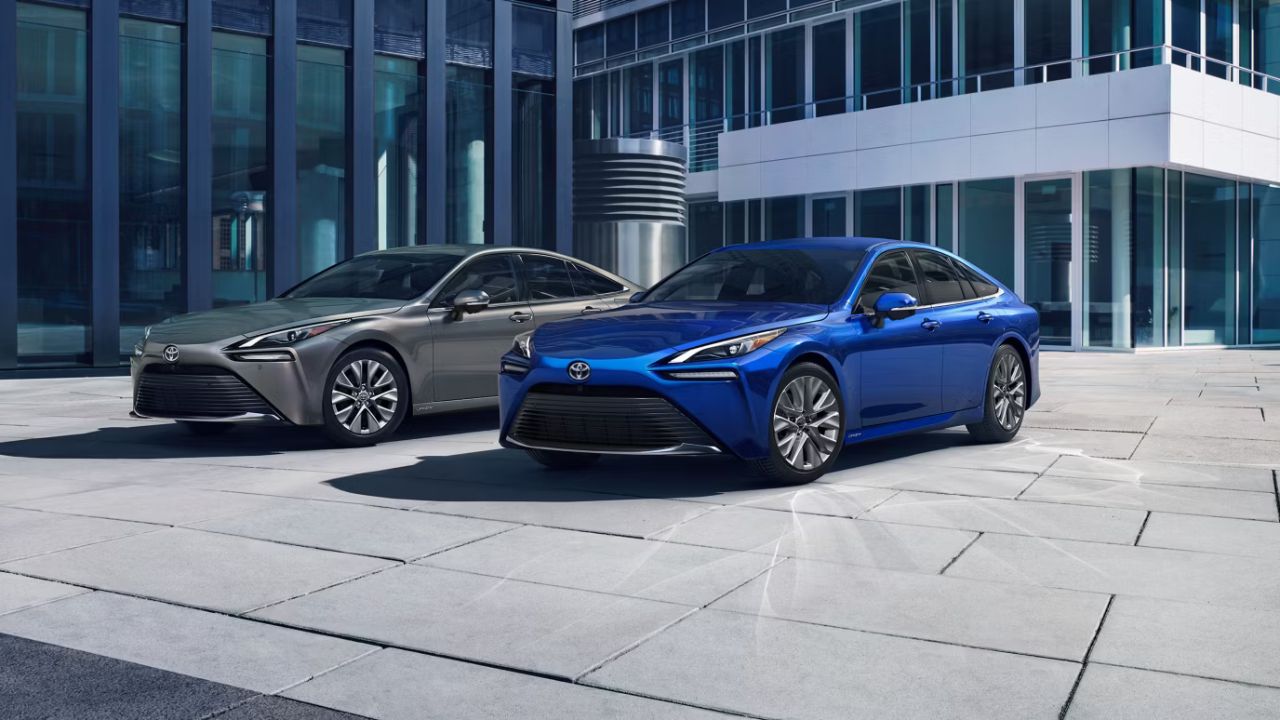
Hydrogen is the lightest element in the universe, but storing it safely and efficiently in a car is another matter. To hold enough fuel for long drives, hydrogen has to be compressed to 10,000 psi and kept in reinforced carbon-fiber tanks.
These tanks add weight and cost, and they require strict safety testing. While the tech has proven safe, the complexity behind it contributes to the higher price tag on most hydrogen cars. The Mirai, for example, starts around $50,000—before any incentives.
Production Methods Aren’t Always Green
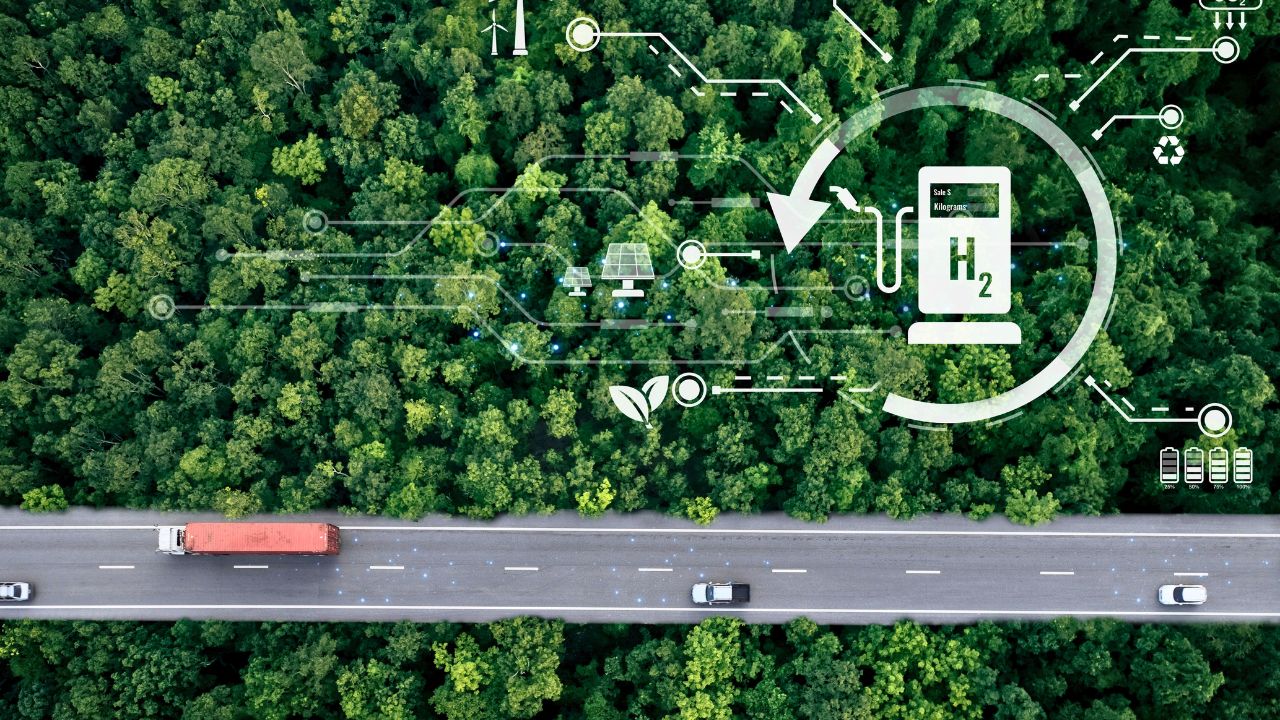
While hydrogen fuel cells emit zero emissions at the tailpipe, not all hydrogen is created clean. Most hydrogen today is made using natural gas, a process called steam methane reforming, which emits CO₂ in the process.
There’s a push toward producing “green hydrogen” using renewable electricity to split water through electrolysis, but it’s still expensive and limited. So while the car itself is clean, the upstream process isn’t always as environmentally friendly as advertised.
The Driving Experience Is Surprisingly Solid
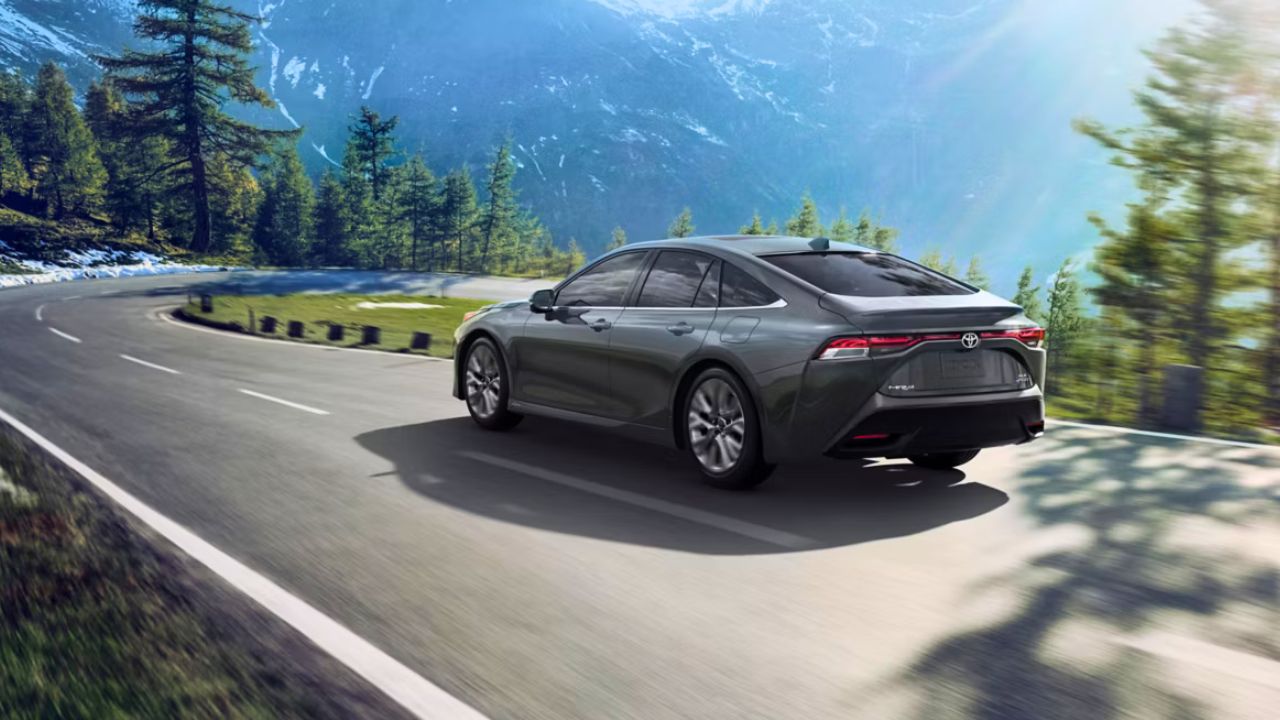
Hydrogen cars drive more like EVs than traditional gas cars. Since they use electric motors, you get quiet operation, smooth acceleration, and instant torque. The Mirai and Hyundai Nexo both offer a relaxed but confident driving experience.
They’re not sports cars, but they’re far from sluggish. The Mirai can hit 60 mph in around 9 seconds—not blistering, but more than enough for daily commuting. And with rear-wheel drive and a low center of gravity, it feels composed on twisty roads or freeway on-ramps.
They’re Quiet—Almost Too Quiet
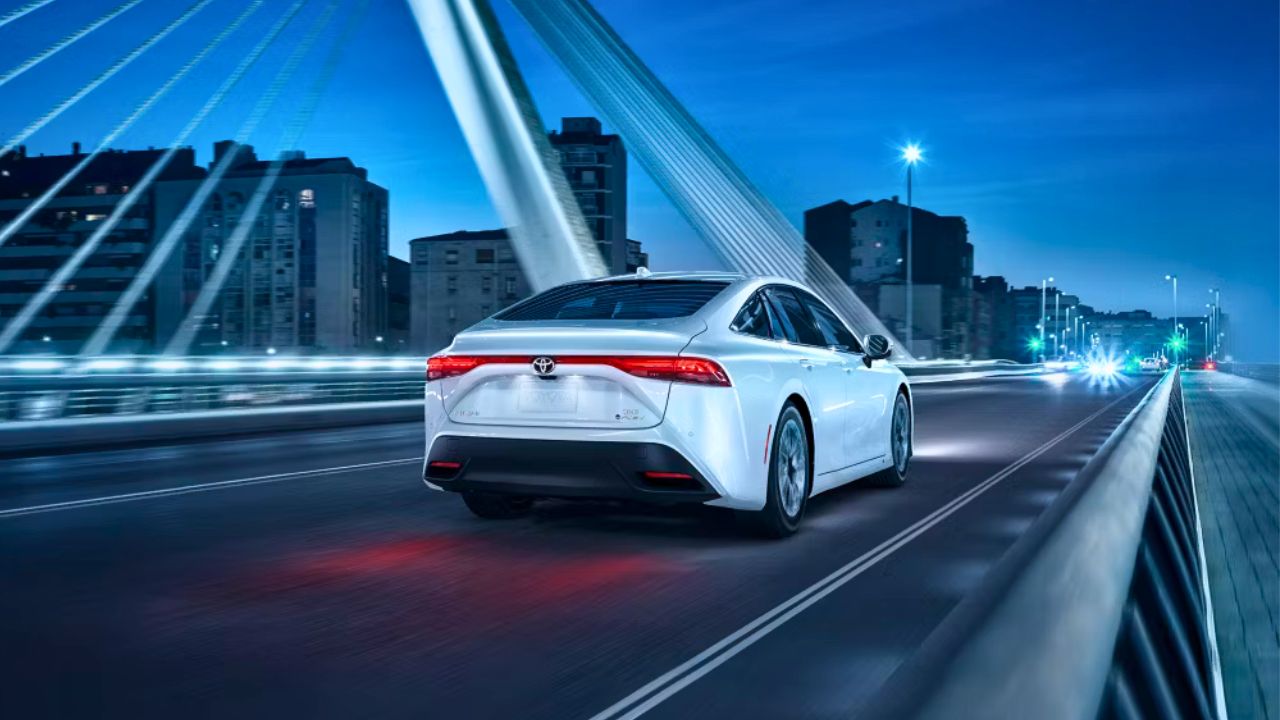
One thing drivers notice right away is just how silent hydrogen cars are. Like electric vehicles, there’s no engine noise—just the faint whirr of the motor and occasional sounds from the hydrogen system itself.
This can be a pro or a con, depending on your taste. For some, the silence adds to the luxury feel. Others miss the mechanical feedback of a combustion engine. Either way, it’s a different driving experience that takes some getting used to.
Safety Concerns Are Mostly Outdated
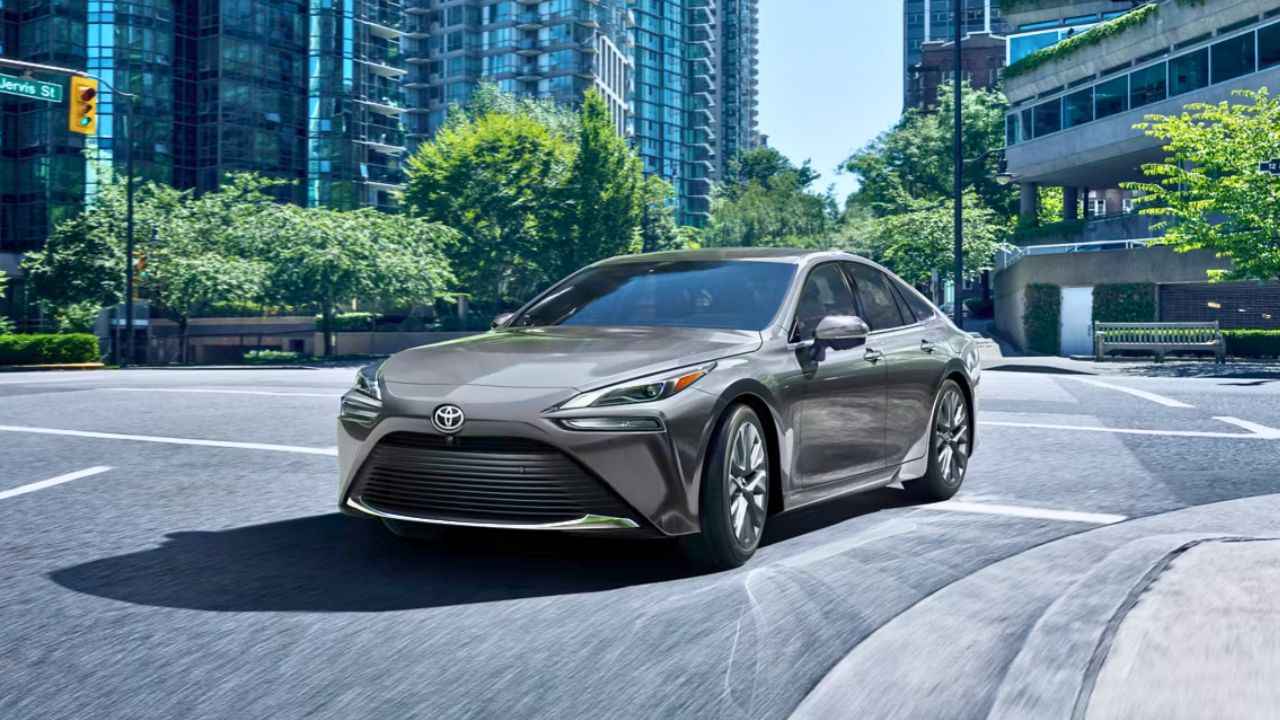
People tend to associate hydrogen with explosions, thanks to high-profile disasters like the Hindenburg. But modern hydrogen systems are nothing like that. Today’s hydrogen cars meet strict safety regulations, and their tanks are tested to survive extreme impacts and fire.
In fact, hydrogen disperses quickly if a leak occurs, unlike gasoline or battery fires, which can linger and reignite. There have been very few incidents involving hydrogen cars in the real world, and most experts agree the risks are no higher than gasoline or EVs.
Not Just for Cars: Trucks, Trains, and Buses Too
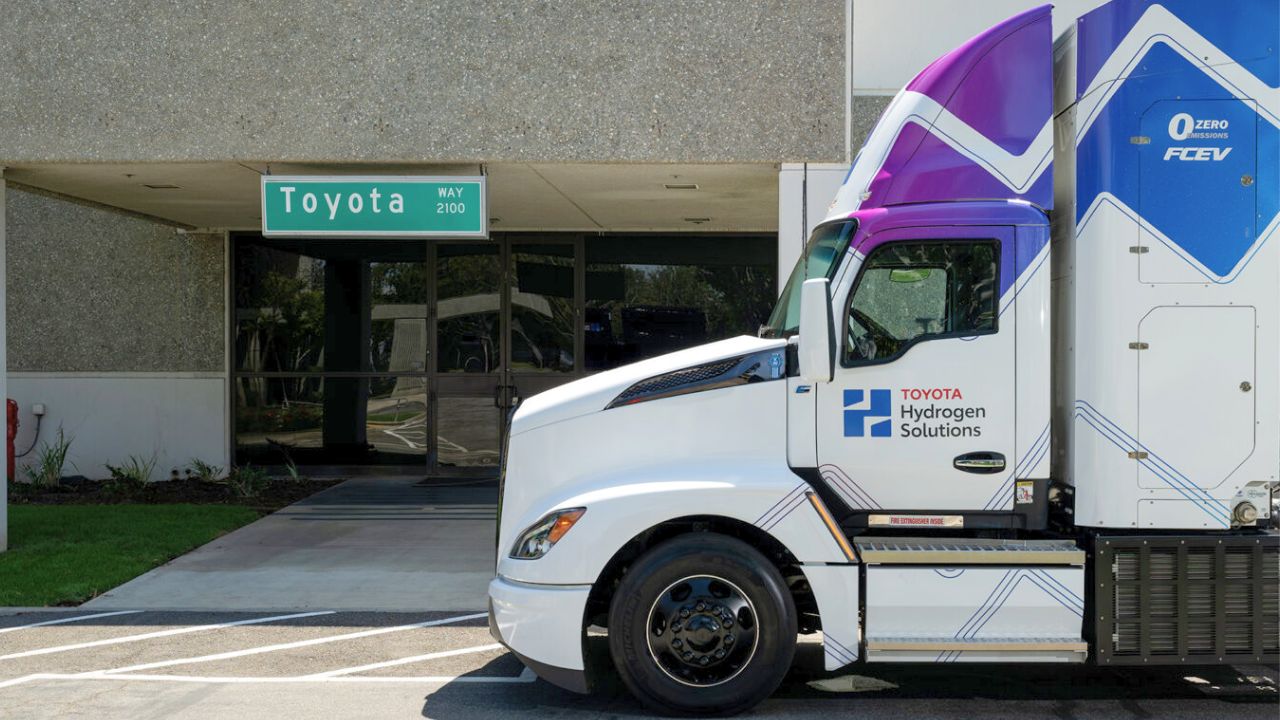
Hydrogen isn’t just for sedans like the Mirai. It’s being used in commercial vehicles where quick refueling and long range are a must. Think delivery trucks, regional trains, and city buses—places where battery charging isn’t always practical.
Companies like Hyundai and Nikola are developing hydrogen semis, while Alstom has deployed hydrogen-powered trains in Europe. The scalability of hydrogen power in these sectors could help offset the cost of infrastructure and production for passenger cars over time.
The Tech Is Real—But the Market’s Not Ready
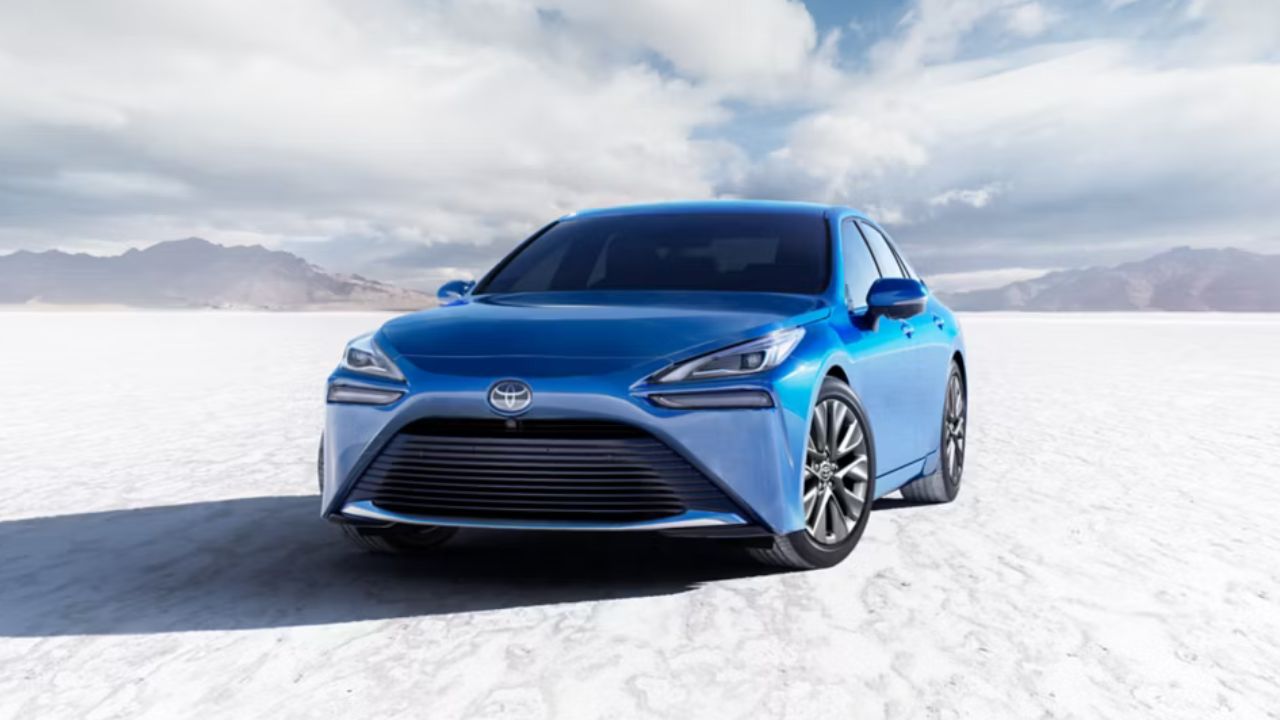
Hydrogen fuel cell cars work. They’re real, refined, and roadworthy. The problem isn’t the car—it’s everything around it. Lack of infrastructure, high costs, and fossil-fuel-based hydrogen production all create serious hurdles to wide adoption.
Until these are addressed, hydrogen vehicles will remain a niche product, mostly sold in places like California or Japan. But if government incentives, green hydrogen production, and new infrastructure scale up together, hydrogen has a shot at becoming a legitimate part of the zero-emissions lineup.
Like Fast Lane Only’s content? Be sure to follow us.
Here’s more from us:
*Created with AI assistance and editor review.


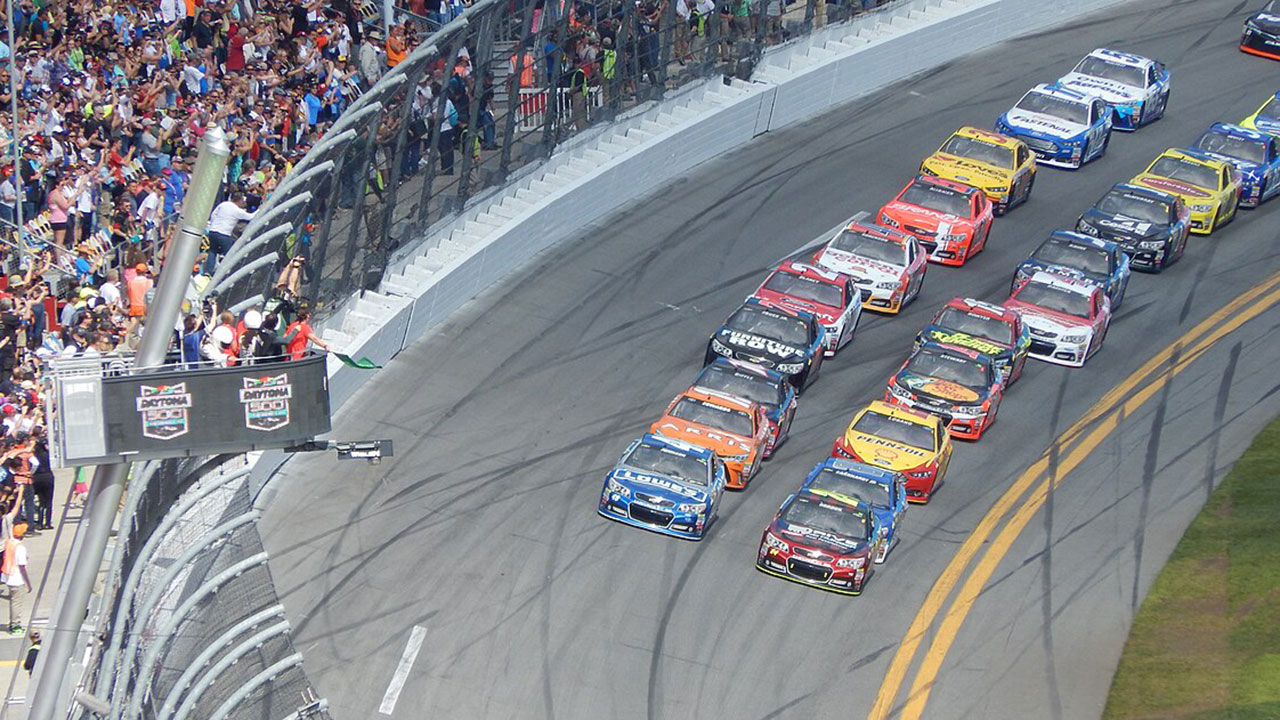

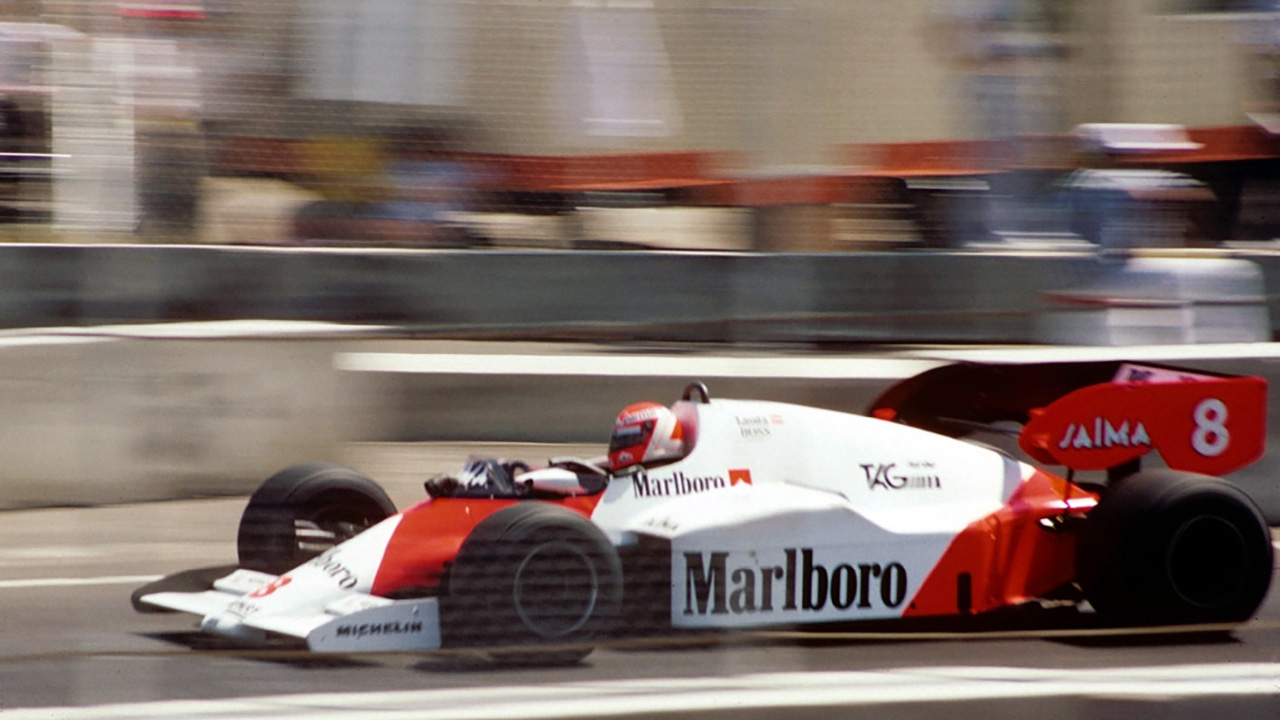
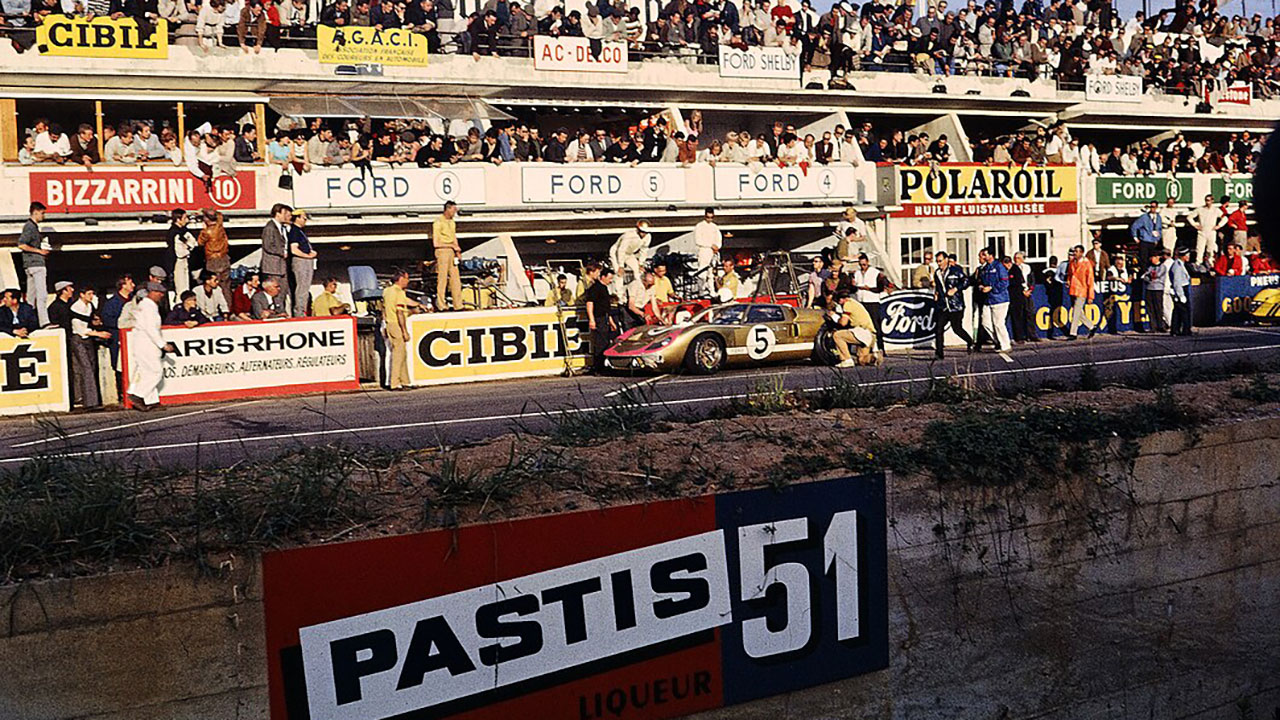
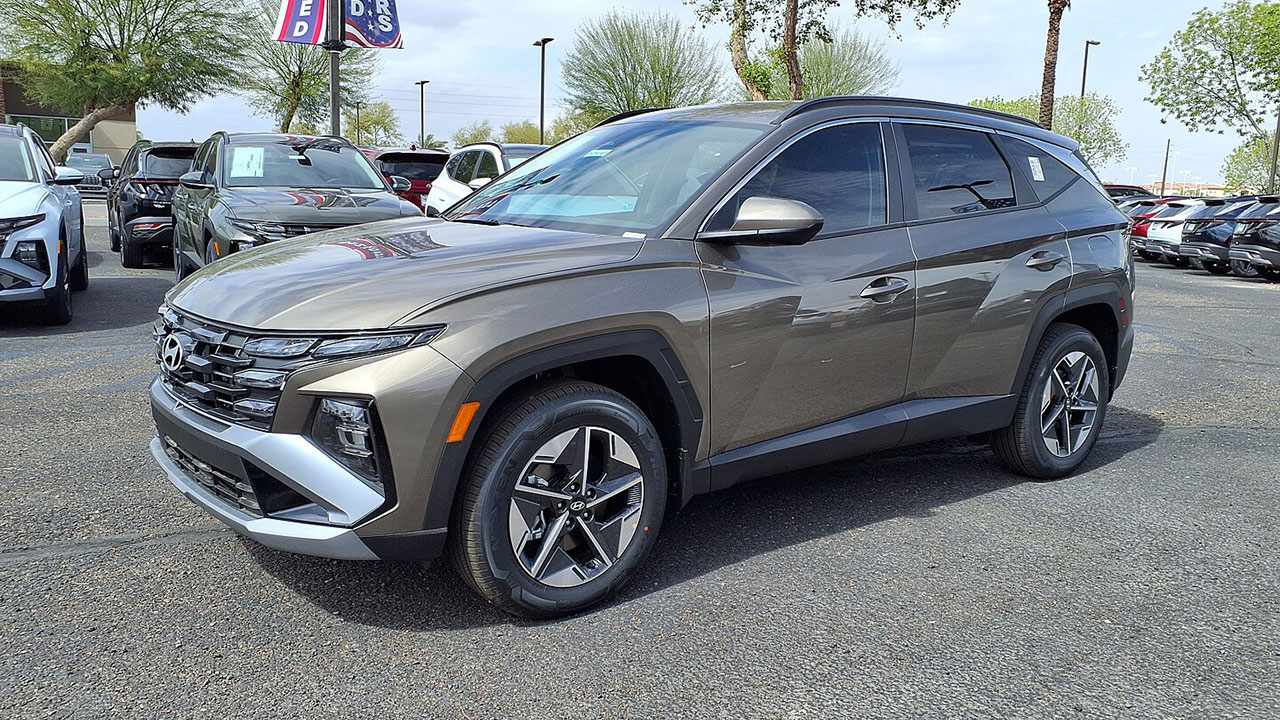
Leave a Reply